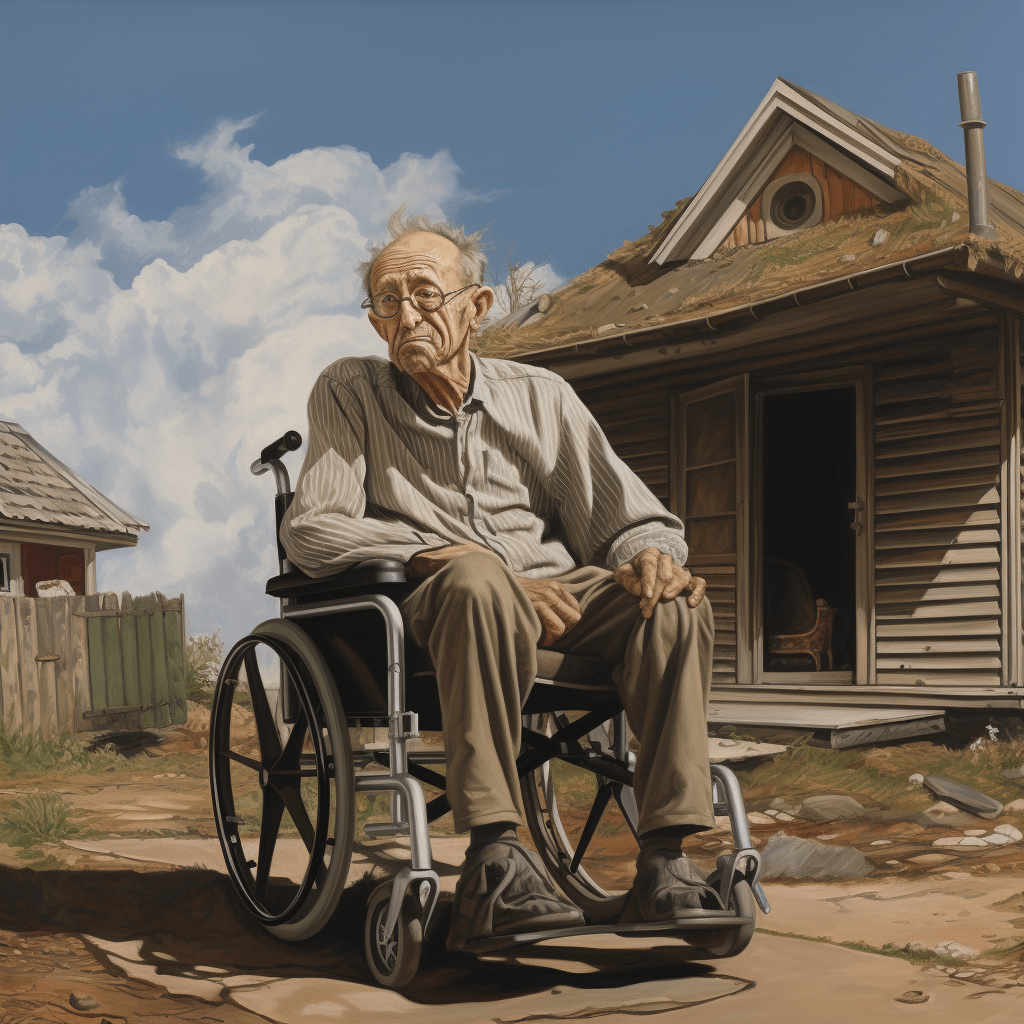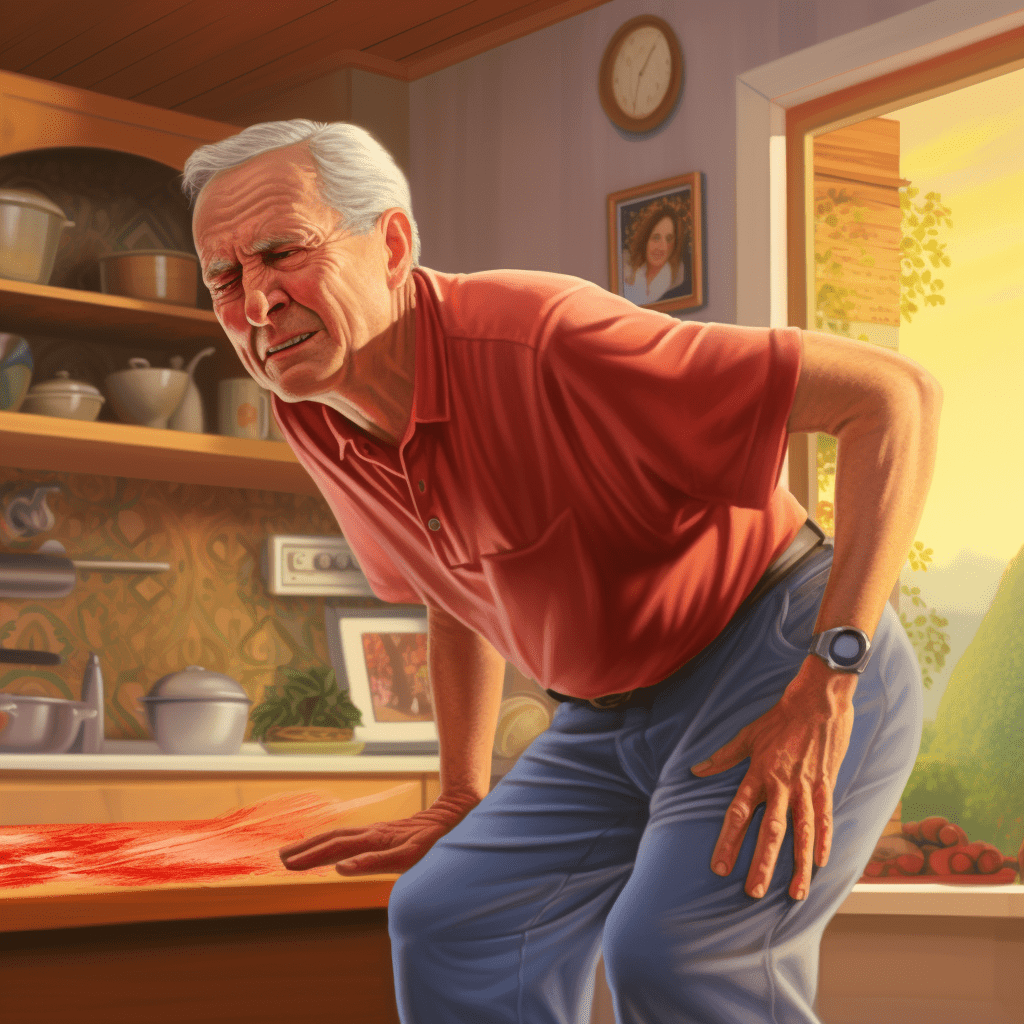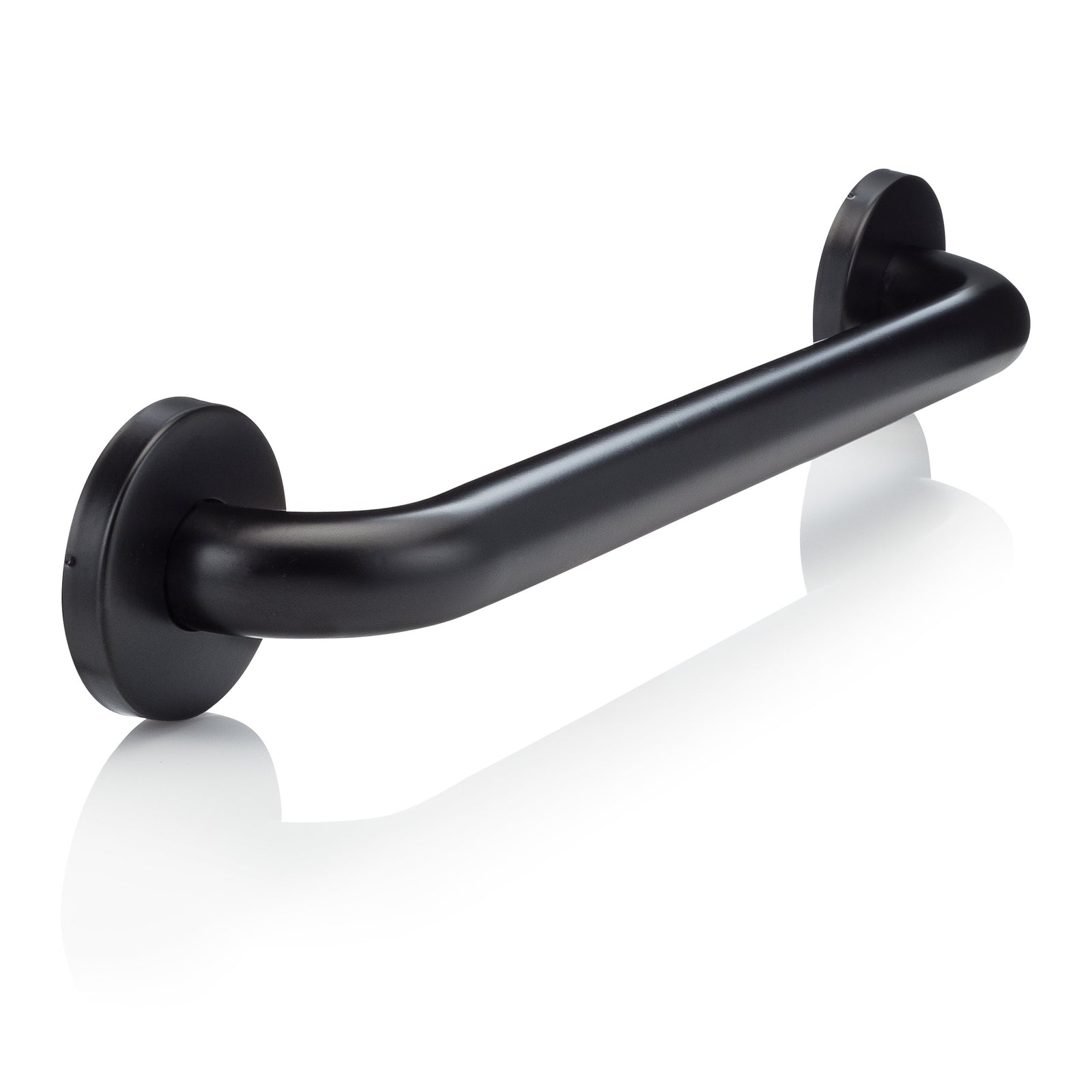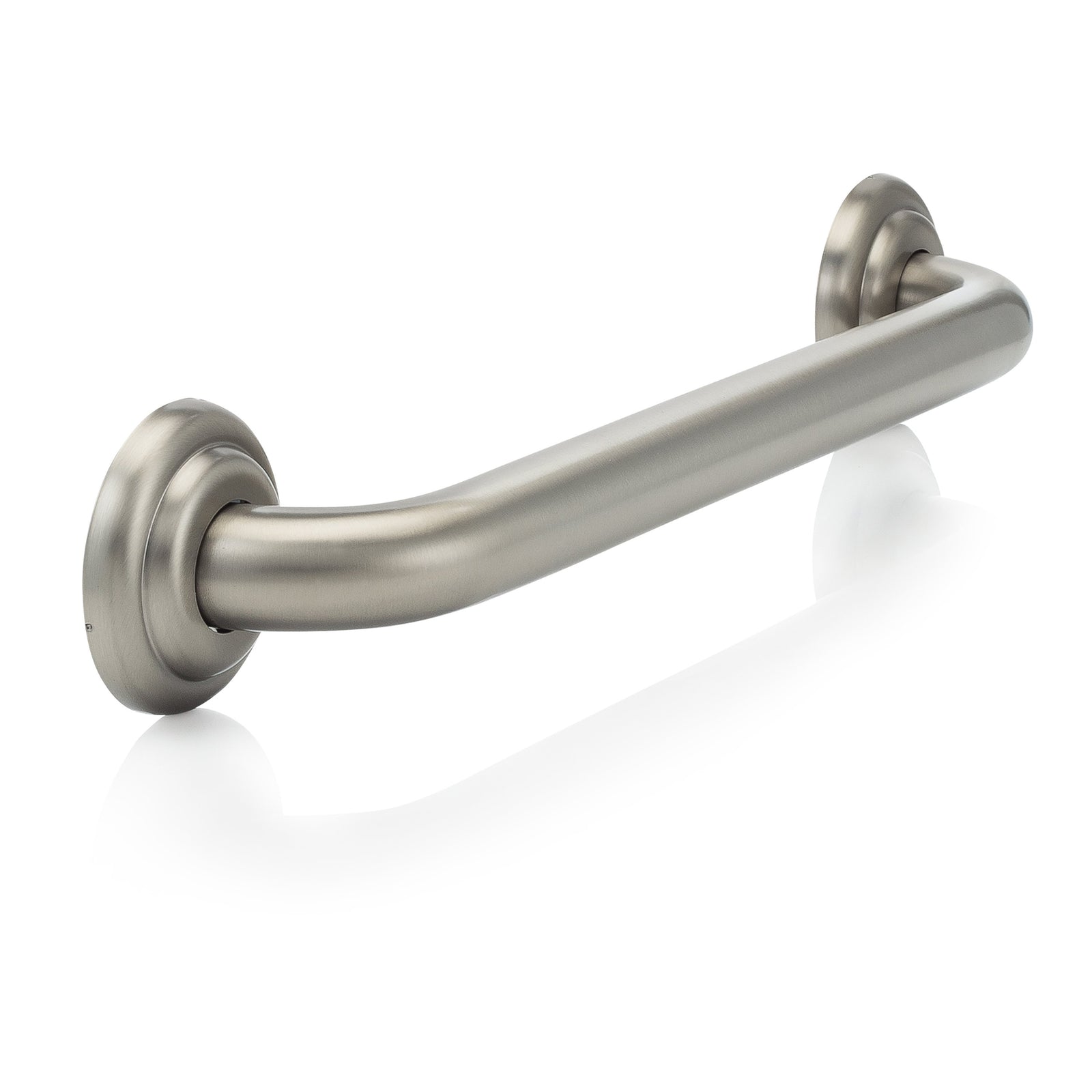Are you or a loved one considering aging in the comfort of your own home? As we grow older, many of us desire to maintain our independence and continue living in the place we've called home for years. But with the challenges that come with aging, it's essential to ensure that our homes are safe, comfortable, and equipped to meet our changing needs. That's where the Ultimate Age in Place Checklist comes in.

This comprehensive guide is designed to help you create a living environment that promotes well-being, accessibility, and peace of mind. From practical home modifications to specialized equipment and services, we'll walk you through every step of the process. Whether you're a senior planning for the future or a caregiver looking to support your loved one's aging journey, this checklist will provide you with the knowledge and resources you need to age in place with confidence. So, let's embark on this transformative journey together and discover how you can create a home that truly supports and nurtures you in your golden years.
What is Aging in Place?
Aging in place refers to the concept of seniors choosing to remain in their own homes as they age, rather than moving into assisted living facilities or nursing homes. It is a popular choice for many older adults who value their independence and want to maintain a sense of familiarity and community. Aging in place offers numerous benefits, including the ability to age gracefully in a familiar environment, maintain social connections, and retain a sense of autonomy. By making modifications to the home and accessing appropriate support services, seniors can continue to live comfortably and safely in their own space.
Aging in place is not just about physical location; it's about creating an environment that supports overall well-being. It involves considering various aspects of daily life, such as home modifications, safety measures, health and wellness, and financial planning. By addressing these areas, seniors can ensure that their homes are suitable for their changing needs and provide the necessary support for aging in place successfully.
Benefits of Aging in Place
The decision to age in place offers numerous advantages for seniors. One of the primary benefits is the ability to maintain independence and control over one's life. By staying in their own homes, seniors can continue to make decisions about their daily routines, activities, and living arrangements. This sense of autonomy is vital for promoting mental and emotional well-being.
Another significant benefit is the preservation of social connections. Aging in place allows seniors to remain in their communities, close to friends, family, and neighbors. Maintaining these social ties is crucial for combatting feelings of loneliness and isolation, which can have detrimental effects on one's mental and physical health. Being surrounded by a familiar support network can also provide a sense of security and peace of mind.
Furthermore, aging in place can offer significant cost savings compared to moving into an assisted living facility or nursing home. While the cost of home modifications and support services may be necessary, it is often more affordable than the expenses associated with residential care. Aging in place allows seniors to make the most of their existing assets and resources while avoiding the financial burden of institutional living.
Aging in Place Statistics
The desire to age in place is widespread among seniors. According to a study by AARP, nearly 90% of older adults want to stay in their own homes as they age. This statistic highlights the importance of creating environments that support aging in place and ensure the well-being of seniors.
Additionally, the aging population is rapidly growing. By 2030, it is estimated that one in every five Americans will be over the age of 65. This demographic shift emphasizes the need for comprehensive planning and support for aging in place. As the number of older adults increases, it becomes essential to develop strategies and resources that enable seniors to age in place successfully.
Assessing Your Home for Aging in Place
Before making any modifications or changes, it is crucial to assess your home's suitability for aging in place. Conducting a thorough evaluation will help identify areas that may require attention and determine the necessary modifications to ensure safety and accessibility.
Start by considering the layout of your home. Is it single-level or multi-level? Are there any stairs or steps that may pose a challenge? Evaluate the entryways, doorways, and hallways to ensure they are wide enough to accommodate mobility aids such as wheelchairs or walkers.
Next, assess the bathroom. Is there sufficient space to maneuver safely? Consider installing grab bars near the toilet and in the shower or bathtub to provide stability and support. Non-slip mats and rugs can also help prevent falls.
In the kitchen, evaluate the height of countertops and cabinets. Are they easily reachable or would adjustments need to be made? Consider installing pull-out shelves and drawers to improve accessibility.
Lastly, examine the bedroom and living areas. Is there enough space to navigate comfortably? Consider rearranging furniture or removing unnecessary clutter to create a more open and accessible environment.
By conducting a thorough assessment of your home, you can identify potential hazards and areas for improvement. This evaluation will serve as a foundation for the modifications and changes you'll need to make to create a safe and comfortable living space for aging in place.
Modifying Your Home for Aging in Place
Once you've completed the assessment, it's time to make the necessary modifications to your home to ensure it is suitable for aging in place. These modifications can range from minor adjustments to major renovations, depending on your specific needs and circumstances.
A crucial modification to consider is installing grab bars and handrails throughout your home. These provide stability and support, reducing the risk of falls and injuries. Place them near stairways, in the bathroom, and wherever additional assistance is needed.
Another important modification is improving lighting throughout your home. Adequate lighting is essential for preventing accidents and maintaining visibility. Install bright, energy-efficient lights in key areas such as hallways, stairways, and entryways. Consider motion-sensor lights for added convenience and safety.
Furthermore, consider making changes to your flooring to reduce the risk of slips and falls. Replace slippery surfaces with non-slip flooring materials such as carpet, rubber, or textured tiles. Remove loose rugs or secure them with non-slip backing.
In the bathroom, installing a walk-in shower or bathtub can significantly improve accessibility. These features eliminate the need to step over a high ledge and make bathing safer and more comfortable. Additionally, consider adding a handheld showerhead and a shower seat for added convenience.
In the kitchen, consider installing adjustable countertops and cabinets to accommodate varying heights and abilities. These modifications make it easier to reach objects without straining or bending. Replace traditional knobs with lever-style handles that are easier to grasp.
By making these modifications to your home, you can create a safe and accessible living environment that supports aging in place. Remember to consult with professionals if needed, such as contractors or occupational therapists, to ensure that modifications are done correctly and meet your specific needs.
Safety Considerations for Aging in Place
Safety is a paramount concern when it comes to aging in place. By implementing certain safety measures, you can mitigate potential risks and create a secure environment for yourself or your loved ones.
First and foremost, consider installing a home security system. These systems provide peace of mind and can alert authorities in case of emergencies. Look for systems that offer features such as medical alert buttons, fall detection, and video monitoring.
Additionally, ensure that your home is equipped with functioning smoke detectors and carbon monoxide detectors. Regularly check and replace batteries to ensure they are in working order. Install fire extinguishers in key areas, such as the kitchen and near bedrooms.
Another safety consideration is preventing slips and falls. Use non-slip mats and rugs in areas prone to moisture, such as the bathroom and kitchen. Install handrails and grab bars near stairs, in hallways, and in the bathroom. These features provide stability and support, reducing the risk of accidents.
Furthermore, consider investing in a medical alert system. These wearable devices allow seniors to call for help in case of emergencies. They often come with features such as fall detection and GPS tracking, ensuring that help can be summoned quickly when needed.
Regular maintenance and repairs are also essential for maintaining a safe home. Check for loose handrails, uneven flooring, or other potential hazards. Address any issues promptly to prevent accidents and injuries.
By prioritizing safety and implementing these measures, you can create a secure living environment that promotes peace of mind and minimizes potential risks.
Health and Wellness for Aging in Place
Maintaining good health and wellness is essential for successful aging in place. By prioritizing physical, mental, and emotional well-being, you can enjoy a high quality of life and maintain independence.
One of the key aspects of health and wellness is staying physically active. Regular exercise helps improve strength, balance, and flexibility, reducing the risk of falls and injuries. Consider incorporating activities such as walking, yoga, or tai chi into your daily routine. If you have mobility limitations, consult with a healthcare professional or physical therapist for exercises that are safe and suitable for your abilities.
Another important consideration is nutrition. Eating a well-balanced diet can help prevent chronic diseases and maintain overall health. Focus on consuming a variety of fruits, vegetables, whole grains, lean proteins, and healthy fats. Stay hydrated by drinking plenty of water throughout the day.
In addition to physical health, mental and emotional well-being are equally important. Engaging in activities that stimulate the mind, such as reading, puzzles, or learning new skills, can help maintain cognitive function and mental acuity. Stay socially connected by participating in community events, joining clubs or groups, or spending time with loved ones.
Seeking regular medical care is crucial for monitoring your health and addressing any concerns promptly. Schedule routine check-ups with your healthcare provider and follow their recommendations for preventive screenings and vaccinations. Keep a record of your medications and ensure they are taken as prescribed.
Lastly, don't forget the importance of self-care and stress management. Engage in activities that bring you joy and relaxation, such as practicing mindfulness, meditating, or pursuing hobbies. Prioritize sleep to ensure you are well-rested and rejuvenated.
By prioritizing health and wellness, you can enjoy a fulfilling and vibrant life while aging in place.
Financial Planning for Aging in Place
Financial planning is an essential component of aging in place. It involves considering both the immediate and long-term financial implications of staying in your home as you age.
Start by evaluating your current financial situation. Take stock of your assets, income, and expenses. Determine a budget that accounts for your daily needs, healthcare costs, and potential home modifications or support services.
Consider consulting with a financial planner to help you develop a comprehensive plan for your future. They can assist with strategies such as retirement savings, investments, insurance, and estate planning. A financial planner can help ensure that you have the necessary resources to support your aging in place goals.
Research and explore potential financial assistance programs or benefits that may be available to you. These could include government-funded programs, tax credits, or grants. Understanding these options can help alleviate financial burdens and make aging in place more affordable.
In addition to financial planning, it's important to consider legal matters. Ensure that your legal documents, such as wills, power of attorney, and healthcare directives, are up to date and reflect your wishes. Consult with an attorney to ensure that your assets are protected and that your legal affairs are in order.
Regularly review your financial plan and make adjustments as needed. As circumstances change, it's essential to adapt your plan to ensure it aligns with your goals and needs.
By taking a proactive approach to financial planning, you can ensure that you have the necessary resources to support your aging in place journey and maintain your desired lifestyle.
Support Services for Aging in Place
Aging in place successfully often requires accessing various support services. These services can provide assistance, care, and peace of mind for seniors and their caregivers.
One of the key support services is home healthcare. Home healthcare professionals can provide a range of services, including assistance with daily activities, medication management, and medical care. These professionals can help seniors maintain their independence while ensuring their health and well-being.
Another important service is transportation assistance. Access to reliable transportation is crucial for maintaining social connections, attending medical appointments, and running errands. Consider utilizing services such as rideshare programs, public transportation, or specialized senior transportation services.
Meal delivery services can also be invaluable for seniors aging in place. These services provide convenient and nutritious meals delivered directly to your doorstep. They ensure that seniors have access to balanced meals even if they have difficulty cooking or grocery shopping.
Additionally, consider exploring local community resources and programs. Many communities offer senior centers, social clubs, and volunteer organizations that provide support, companionship, and engagement. These resources can help combat loneliness and provide opportunities for social connection and recreation.
Lastly, consider utilizing technology to enhance your aging in place experience. From medical alert systems to home automation, there are numerous technological solutions available that can improve safety, accessibility, and convenience. Explore options such as smart home devices, wearable technology, and telehealth services to find what best suits your needs.
By accessing these support services, you can enhance your aging in place experience and ensure that you have the necessary assistance and resources to thrive in your own home.
Conclusion
Aging in place offers seniors the opportunity to maintain independence, control, and a sense of community as they age. By following the Ultimate Age in Place Checklist, you can create a home environment that supports your changing needs and promotes well-being. Assess your home, make necessary modifications, prioritize safety, and consider your health, wellness, and financial planning.
Access support services and resources that can enhance your aging in place experience and provide the necessary assistance and care. With careful planning and consideration, you can age in place with confidence, comfort, and peace of mind, knowing that your home truly supports and nurtures you in your golden years.
So, are you ready to embark on this transformative journey and create the ultimate age in place checklist for yourself or your loved one? Start today and embrace the possibilities of aging in the comfort of your own home.
---
This article serves as a comprehensive guide to aging in place. It covers various aspects, including what aging in place entails, the benefits, statistics, assessing and modifying the home, safety considerations, health and wellness, financial planning, and support services. The article aims to provide readers with the knowledge and resources they need to age in place successfully and with confidence.














Leave a comment (all fields required)